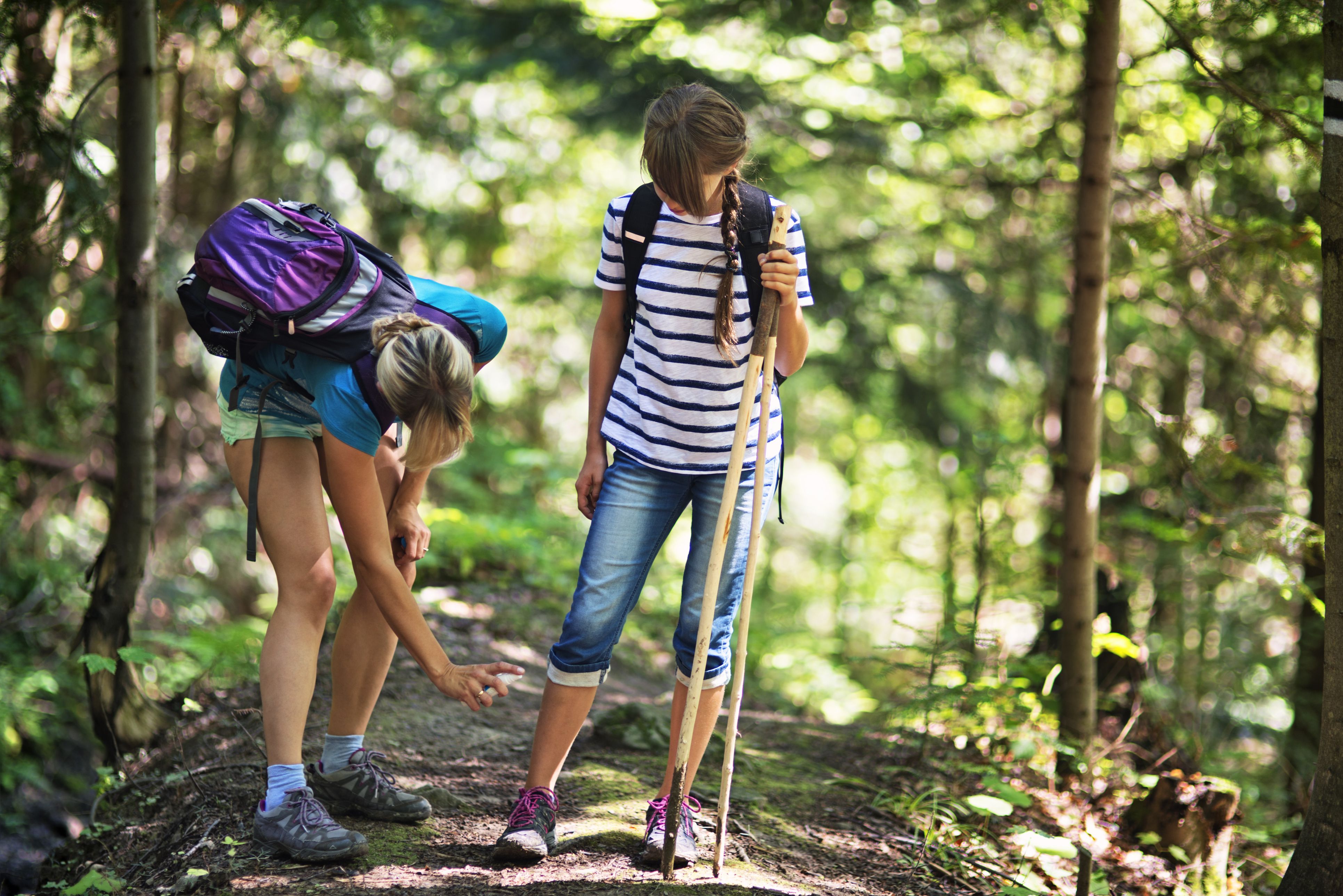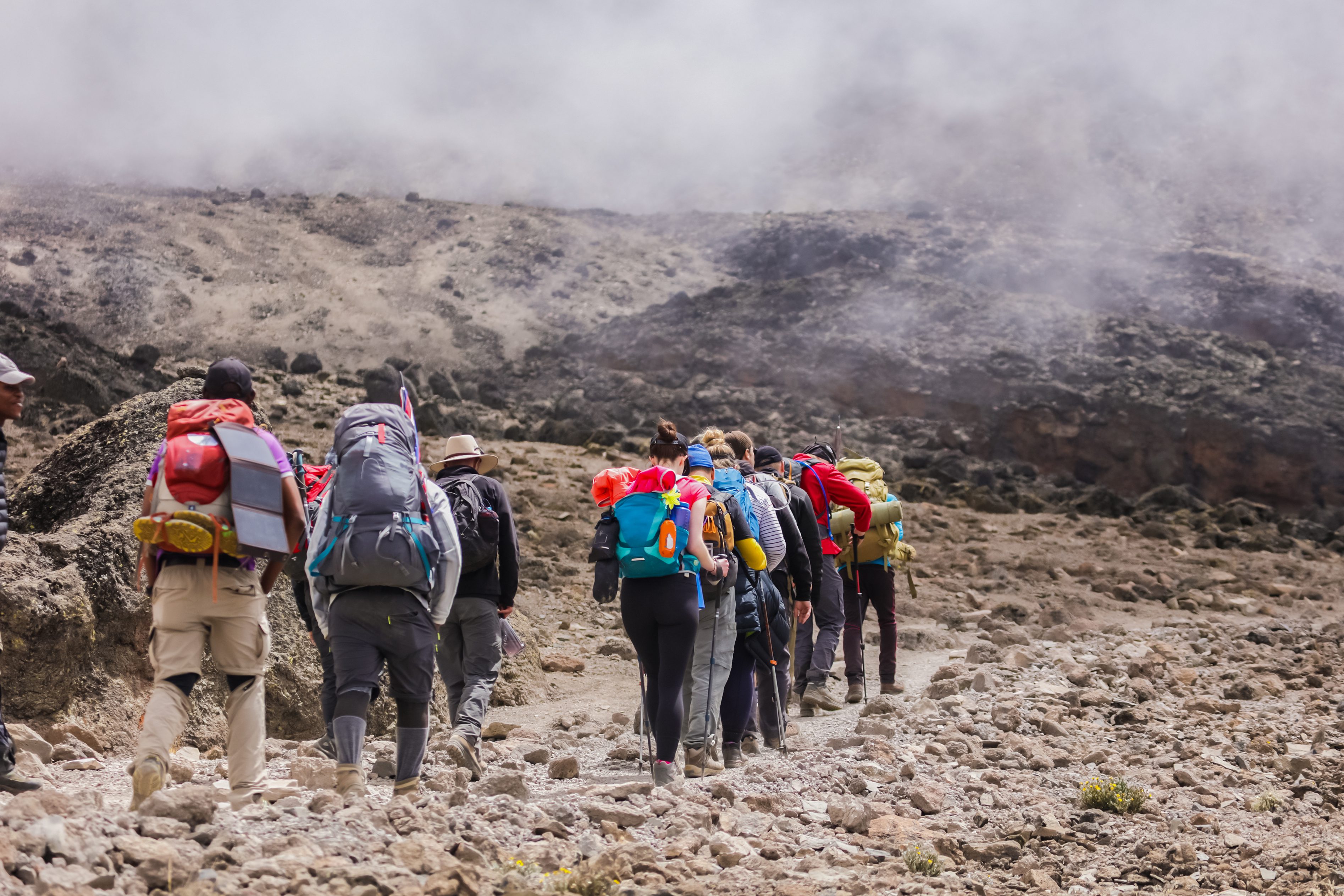Purchasing your visa upon arrival is standard.
The tourist visa is valid for 90 days and the cost is $50 for foreigners, $100 for US citizens. That said, roughly 50 countries from around the world are exempt, including South Africa, India, Hong Kong, Singapore and Brazil. For the full list of exemptions, please go here.
For those in need of a visa, note that you’ll be given an entry form on the plane to fill in. When you land, an immigration officer will look over your passport and entry card, then ask about your accommodation and departure date, before sending you to the cashier’s window.
Once the cashier receives your passport and payment, you’ll be asked to wait in a designated area. After processing, they’ll call your name, return your passport (visa stamp in place), and provide you with a receipt. Your new tourist visa is good for one year, but you can only stay in the country for 90 days at a time.
What vaccinations do I need for Tanzania?
There are no mandatory vaccinations for entering Tanzania. The only exception is proof of a yellow fever vaccination if you’re coming from a country with a known yellow fever epidemic.
That said, to ensure your health whilst travelling abroad you should have the following vaccinations: typhoid, TDP, varicella (unless you’ve had chicken pox), and Hepatitis A and B. If you’re an adventurous eater, you might want to add cholera to the list.
Tanzania is in a malaria zone, as shown in the map below. That said, malaria isn’t an issue in all parts of the country. But you might want to consider using anti-malaria medication. If so, please order enough to be able to continue taking them seven days after returning home.
All good accommodations where mosquitoes are an issue provide you with netting around your bed.
Finally, your doctor may recommend a rabies shot – a series of two doses over a four-week period – if you plan on caving or working with animals.
Insect repellent and sunscreen
Please bring enough insect repellent and sunscreen for the trip. You’re heading to a country just south of the Equator, and so it can get very hot. It’s not easy to find insect repellent and sunscreen in Tanzania and, when you do, they’re pricey.

Whilst on safari, you need to protect yourself from tsetse flies. These flies can transmit African trypanosomiasis, also known as sleeping sickness. It’s best to wear light-colour clothing; tsetse flies are attracted to dark colours, especially shades of blue. Unfortunately products containing DEET usually don’t discourage tsetse flies from biting, so try to find a natural insect repellent containing eucalyptus oil.
What currency do they use in Tanzania?
The official currency in Tanzania is the Tanzanian shilling (TZS). It’s illegal to purchase Tanzanian shillings outside of the country. Most tourist areas accept US dollars as payment (in fact, dollars are sometimes even preferred over the local currency). But please ensure your US dollars were issued after 2006, otherwise they won’t be accepted. Tipping in dollars is also welcomed.
In 2022, €1 equates to roughly 2,560 TSh, and $1 is roughly 2,315 TSh.
There are ATMs in most cities and towns, but these can be unreliable. Don’t expect to find ATMs in national parks. There’s usually a withdrawal limit of TZS 400,000 (around $170) per transaction at ATMs, and please note that the withdrawal fee on foreign cards can be hefty.
If you want to exchange any Tanzanian shillings back into dollars at the end of your trip, this will need to be done before you leave the country.

Tipping in Tanzania
Finally, please remember to bring cash along with you to tip when climbing Kilimanjaro or going on safari. Tipping on Kilimanjaro is expected, and so you should factor this into your budget before departing. It’s also customary to tip your safari guide – plan on $40 per car per day (so the more of you there are, the cheaper your contribution to the total tipping amount). You only tip at the end of a trip.
In fact, it’s worth noting that Tanzania has a strong tipping culture in general. There’s a communal tip box in all hotels and lodges, and the money is evenly distributed among staff. Wages are often not really sufficient, as it’s expected (and hoped) that one’s tips will bring up the total nicely.
”It’s important to factor tipping into your budget planning, as these can add up, especially on longer trips”.
Where should I fly to in Tanzania?
The three international airports in Tanzania are in Dar es Salaam, Arusha and Zanzibar. There are many other airports, as well as airstrips, that one can use for travel within Tanzania.
Julius Nyerere International Airport (DAR) in Dar es Salaam
This airport is on the east coast. It’s the biggest airport and you may need to fly here and then catch a connection to one of the smaller ones. This airport makes the most sense if you’re heading to west, central or southern Tanzania.
Kilimanjaro International Airport (JRO) near Arusha
JRO is just outside of Arusha, the main city of northern Tanzania. This is the ideal airport if you’re heading on a Northern Circuit safari or a Kilimanjaro climb. As you can see in the map below, it’s very close to Moshi, the closest town to Kilimanjaro National Park. JRO is also the closest major airport to the large game reserves of the north like Serengeti National Park. That said, Tanzania is a big country and it will take a day to drive from JRO to the Serengeti, for instance, especially as much of the drive is on dirt roads that require four-wheel drive. You might like to consider flying to one of the various airstrips across northern Tanzania to reduce travel times.
Zanzibar Abeid Amani Karume Airport (ZNZ) in Zanzibar
If you’re heading to the Zanzibar archipelago, then you want to fly into ZNZ on Unguja Island. If you’re heading to Zanzibar from elsewhere in Tanzania, then you could also use Pemba Airport (PMA) depending on your planned itinerary. Zanzibar is famous for its beautiful, warm-water beaches, unique cultural history, beautiful game parks and wildlife, and water sports. We find that many like to fly there from Kilimanjaro International Airport after having completed a Kili climb in order to relax and unwind after their epic trek.
